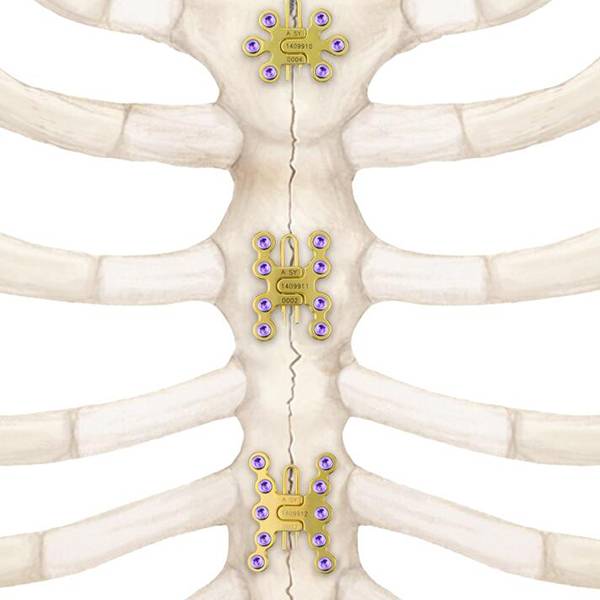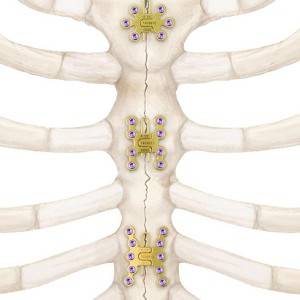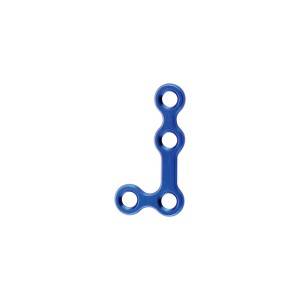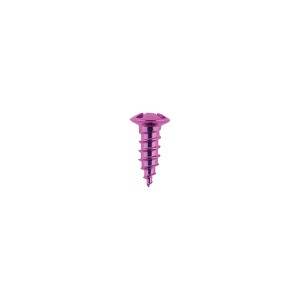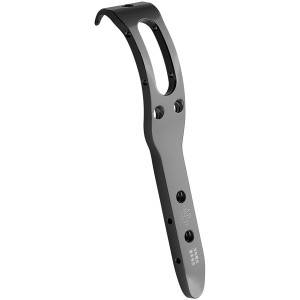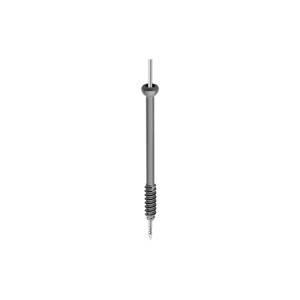The chest locking plates are part of THORAX products. Match with Φ3.0mm locking screw.
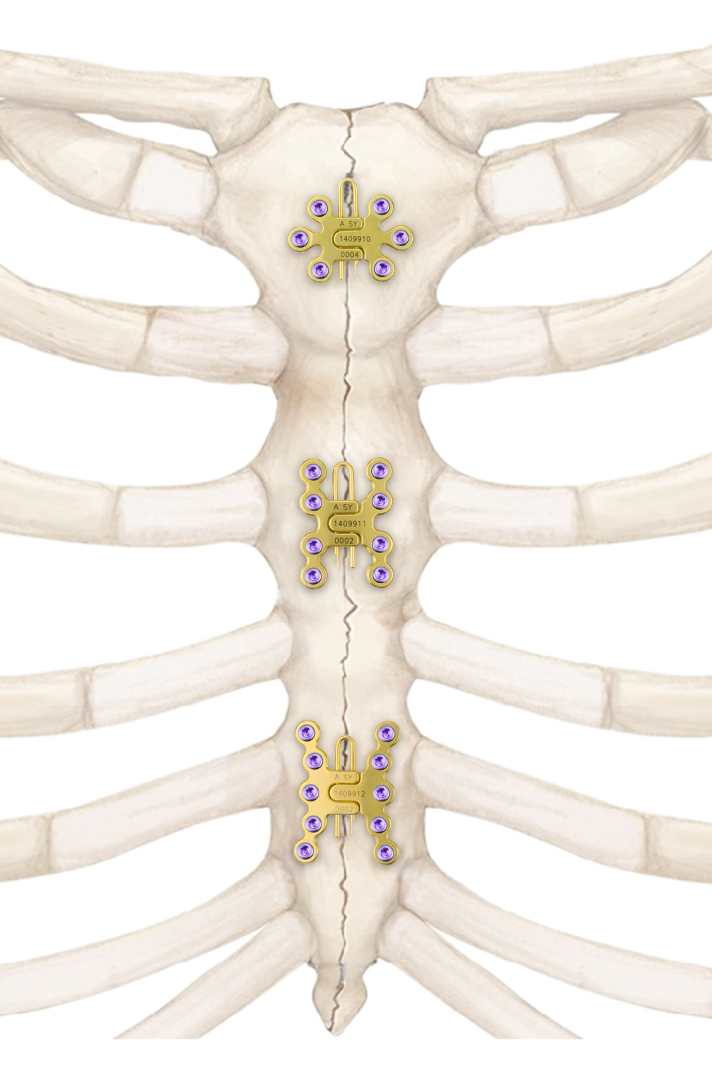
Features:
1. Thread guidance locking mechanism prevents the occurrence of screw withdrawal. (the screw will be 2. locked once the 1st loop is switched into the plate).
3. Low profile design helps reduce soft tissue irritation.
4. Both integral type and split type are available.
5. U-shape clip is used in the split type plate, can be released for emergency situation.
6. The locking plate is made of Grade 3 medical titanium.
7. The matching screws are made of Grade 5 medical titanium.
8. Afford MRI and CT scan.
9. Surface anodized.
10. Various specifications are available.
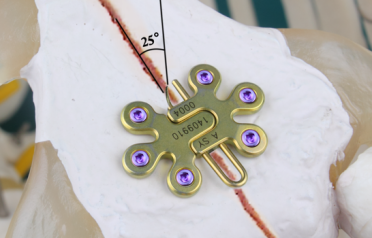

Specification:
Rib locking plate
|
Plate image |
Item No. |
Specification |
|
10.06.06.04019051 |
Integral type, 4 Holes |
|
|
10.06.06.06019051 |
Integral type, 6 Holes |
|
|
10.06.06.08019051 |
Integral type, 8 Holes |
|
|
10.06.06.10019151 |
Integral type I, 10 Holes |
|
|
10.06.06.10019251 |
Integral type II, 10 Holes |
|
|
10.06.06.12011051 |
Integral type, 12 Holes |
|
|
10.06.06.20011051 |
Integral type, 20 Holes |
|
|
10.06.06.04019050 |
Split type, 4 Holes |
|
|
10.06.06.06019050 |
Split type, 6 Holes |
|
|
10.06.06.08019050 |
Split type, 8 Holes |
|
|
10.06.06.10019150 |
Split type I, 10 Holes |
|
|
10.06.06.10019250 |
Split type II, 10 Holes |
|
|
10.06.06.12011050 |
Split type , 12 Holes |
|
|
10.06.06.20011050 |
Split type , 20 Holes |
Φ3.0mm locking screw (Quadrangle drive)
Median sternotomy remains the most commonly used incision in patients undergoing cardiac surgery. Deep sternal wound infection (DSWI) is a serious complication post sternotomy. Although rates of DSWI are relatively low (range 0.4 to 5.1 %), it is associated with higher mortality and morbidities, prolonged hospital stay, and increased patient suffering and cost. Conventional treatment of DSWI includes wound debridement, wound vacuum therapy (VAC) and sternal rewiring. However, dehisced and infected sternums are sometimes very fragile that rewiring may not work, especially in patients with multiple co-morbidities. Plastic surgery is often consulted for chest wall reconstruction if rewiring fails to stabilize the sternum.
Sternal fracture accounts for about 3–8% of admissions for thoracic trauma. It is not uncommon and is often caused by direct, frontal, blunt trauma to the sternum. Most sternal fractures heal with conservative management, but a few cases with instability or obvious displacement can lead to severe disabling conditions, including severe chest pain, dyspnea, persistent cough, and chest wall paradoxical motion.
The treatment most often used for this condition is corset fixation and bed rest for months, or steel wire fixation. The treatment often fails because of loss of tensile strength or wire cutout effect. Many authors reported the beneficial effect of plate internal fixation for sternal infection or nonunion after sternotomy. Sternal plating appears to be an effective treatment option for wound dehiscence associated with sternal instability. The steel wire sealing technique is suitable for longitudinal sternotomy, but most traumatic sternal fractures are transverse fractures or non-unions. In these cases, internal fixation with a titanium locking plate is a better choice
Titanium plate fixation appeared to be an effective method in the treatment of sternal surgeries. Compared to conventional treatment, sternal plate fixation is associated with less debridement procedures and treatment failure. Meanwhile U-shape clip is used in the split type plate, can be released for emergency situation.
